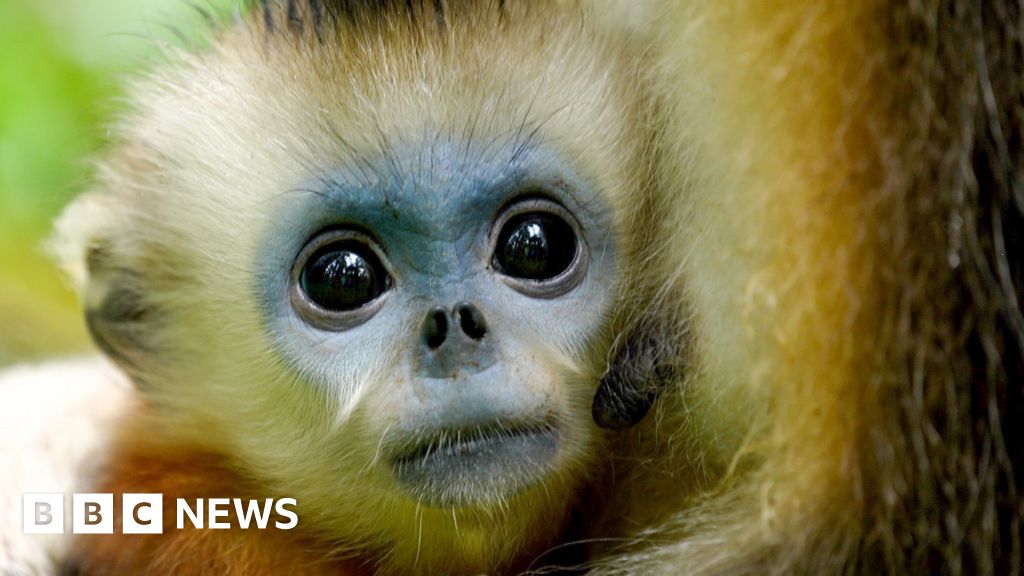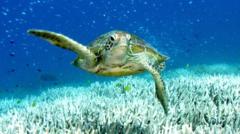Raccoons may be inching closer to becoming America's next pet.
Affectionately referred to as trash pandas, the masked mammals known for rummaging rubbish bins for easy food, are evolving based on their proximity to humans, even starting to look cuter, a new study says.
Evaluation of nearly 20,000 photos found a clear reduction in snout length in urban raccoons compared to their rural cousins - a physical shift consistent with the early stages of domestication seen in cats and dogs.
Some that have been adopted as pets have become TikTok celebrities. One particularly bold dumpster-diver even sprinted across the pitch during a Major League Soccer match in Philadelphia last year.
The stripe-tailed mammals, also nicknamed backyard bandits, are widespread across the contiguous US. Their ability to thrive in both wild and urban settings has left them occupying an unusual space in American life - beloved pet in some neighborhoods, persistent pest in others.
The proximity to humans signals that the creatures are growing more comfortable, potentially dampening their innate flight responses, according to the study published in the journal Frontiers in Zoology.
The softening of their features could indicate changes on the cellular level, the researchers suggest.
This urban domestication starts with trash, the study's co-author, Raffaela Lesch of the University of Arkansas at Little Rock, explained. Trash is really the kickstarter, she said. Wherever humans go, there's trash — and animals love our trash.
However, to exploit this continual food source, wild raccoons must maintain a balance: they need to be audacious enough to rummage through bins but cautious enough not to appear threatening.
The findings align with what researchers describe as domestication syndrome phenotype—a term encompassing the physical and functional changes associated with domestication, such as reduced flight responses.
Historically, domestication has been thought to occur primarily through human intervention, but the authors argue that it might begin as animals become habituated to human environments.
Only animals that adapt to this new setting without excessive fear of humans would thrive, indicating that early stages of domestication may stem from natural selection rather than direct human influence.






















